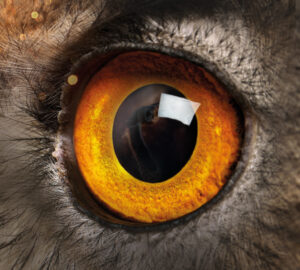21.8.2023
You can read a lot about human eyes on our blog. In this article, however, we have focused on the fascinating eyes of the animal kingdom. What can’t the human eye do that the animal eye can? Read about the amazing abilities of various creatures on our planet in the following article.
Gecko: Most gecko species do not have eyelids. To protect their eyes from drying out, they lick them with their long tongue. Despite this, geckos have amazing night vision. In the twilight, they can reportedly see up to 350 times better than humans.
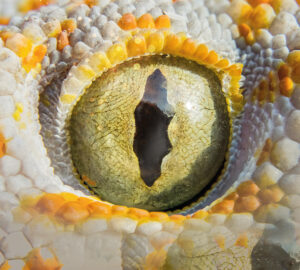
Parrot: Parrots and other birds with eyes on the sides of their heads have a much larger field of vision, about 300 degrees. They can see the same colors as humans, but more saturated and with greater resolution.
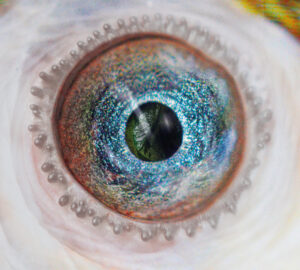
Squid: A squid’s iris is infinitely more elegant than a human’s. The resolution of their eyes is close to that of humans, but their retinas are much more sensitive to light than ours.
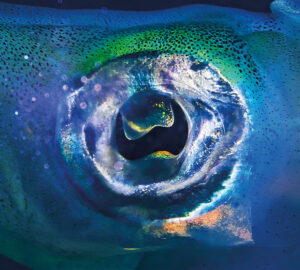
Pigeon: Pigeons can see millions of different shades and have better color vision than most animals on Earth. They can also see ultraviolet light and due to their excellent eyesight and orientation they have been used to explore the territory.
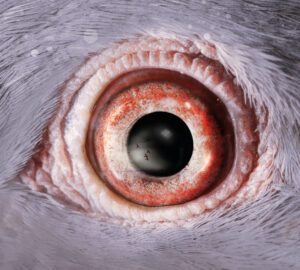
Fly: Their eyes consist of thousands of individual visual receptors called ommatidia, each of which is itself a functional eye. The fly’s vision therefore resembles a picture composed of a mosaic.
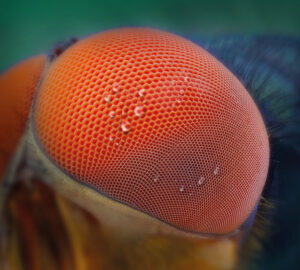
Frog: Frogs use their eyes to help them swallow food. After a frog catches its prey in its mouth, its eyeballs retract into its head, thereby pushing the food lower, allowing it to swallow.
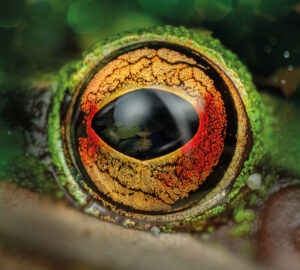
Cat: Cats have a wider field of vision and more rods on the retina that are sensitive to dim light – great equipment for night hunting. Unlike humans, they are naturally nearsighted and have blurred vision at distances longer than 6 metres.
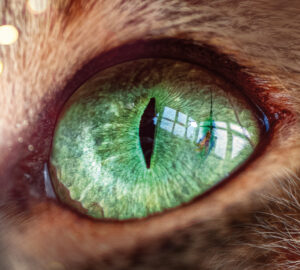
Chameleon: Chameleons can switch between monocular vision – where both eyes are used separately and binocular vision – where both eyes are used to view the same scene. Without moving his body, he can rotate his eyes in different directions and see the whole world around him.
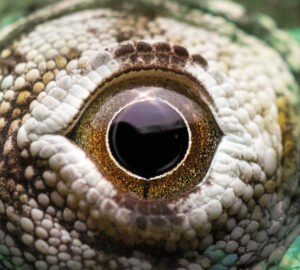
Reindeer: The eyes of Arctic reindeer change colour with the seasons, from gold in summer to blue in winter. This technique allows them to make the most of the changing light intensity in their extreme environment.
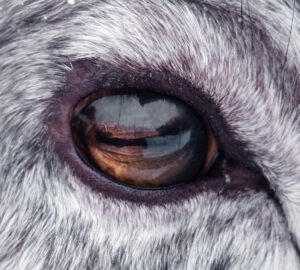
Owl: Owls are far-sighted. In minimal light, they can spot a moving mouse from hundreds of metres away. However, they cannot move their eyeballs, which they solve by their characteristic method of turning their heads up to 270 degrees.
